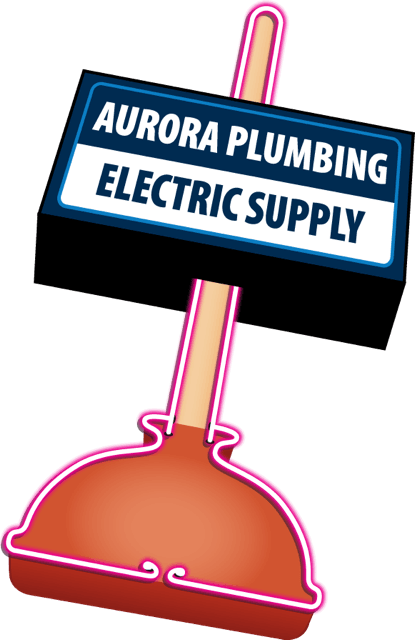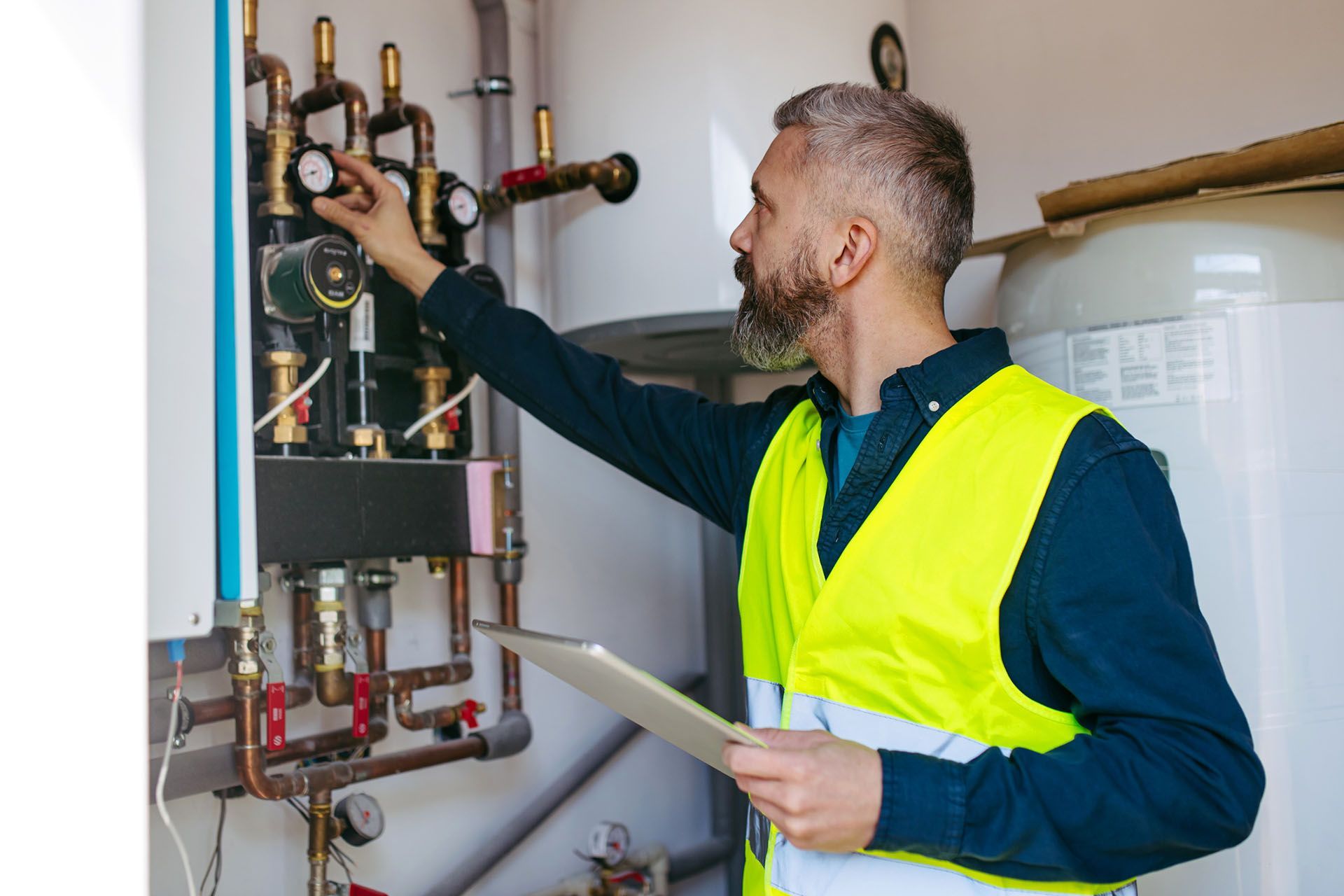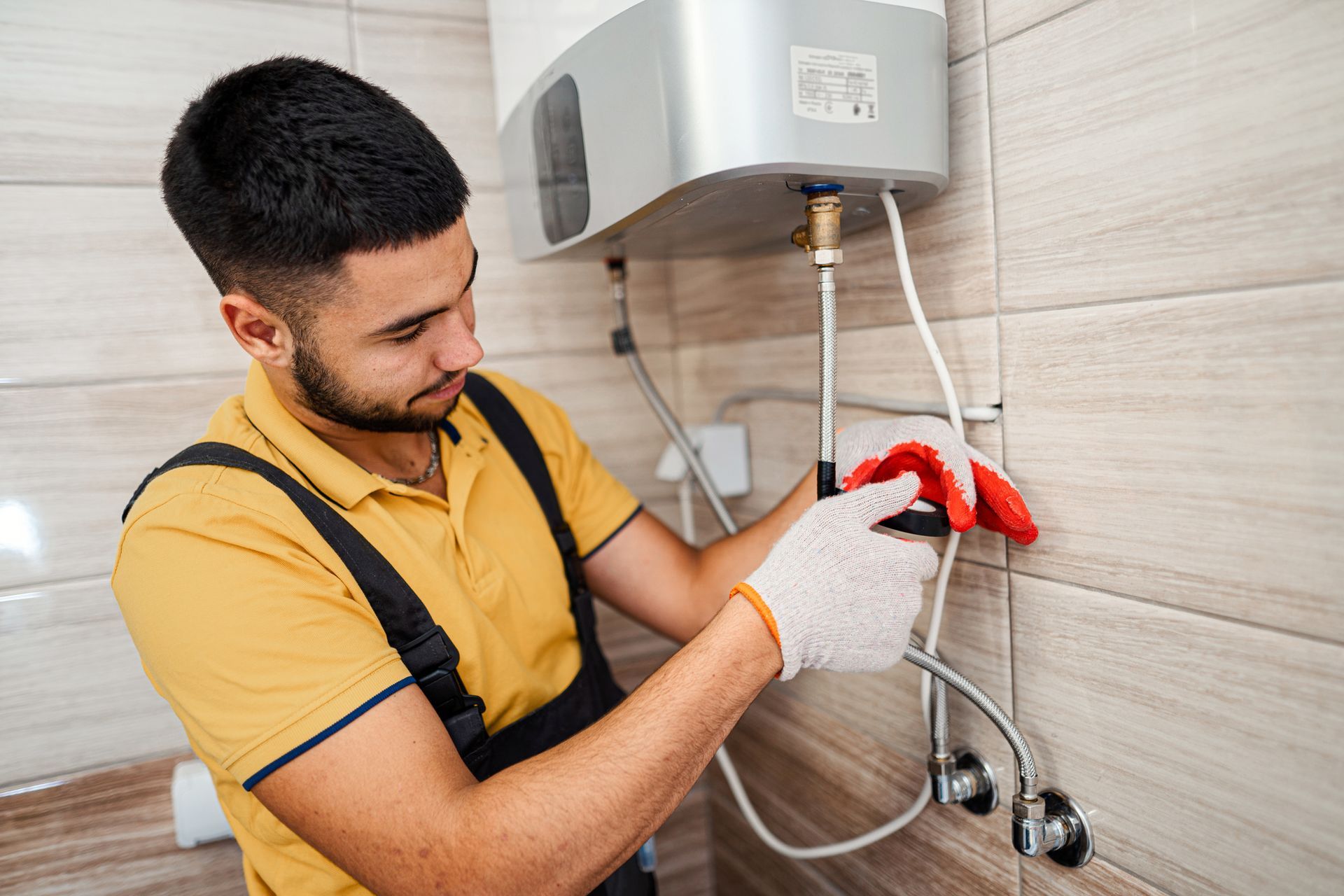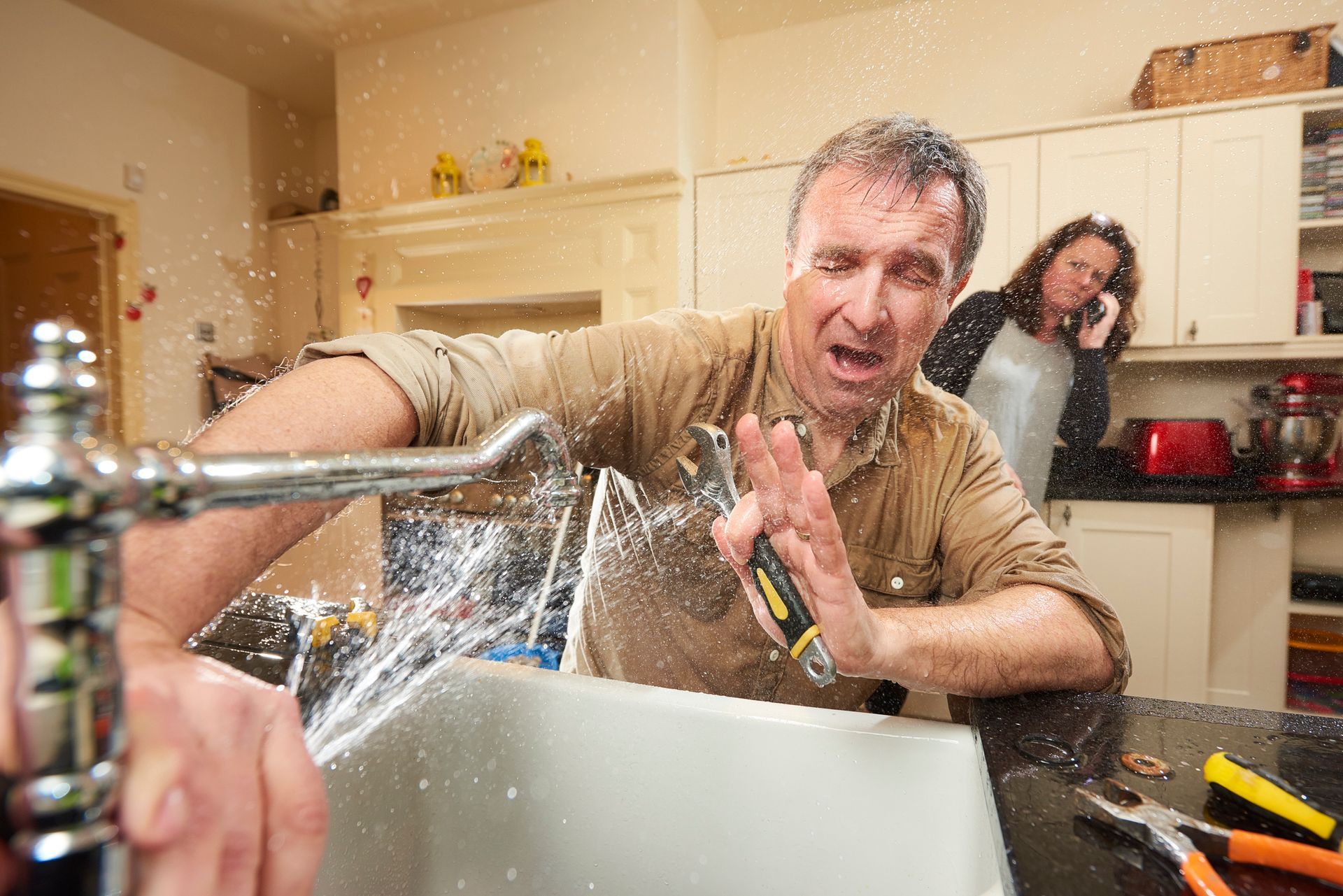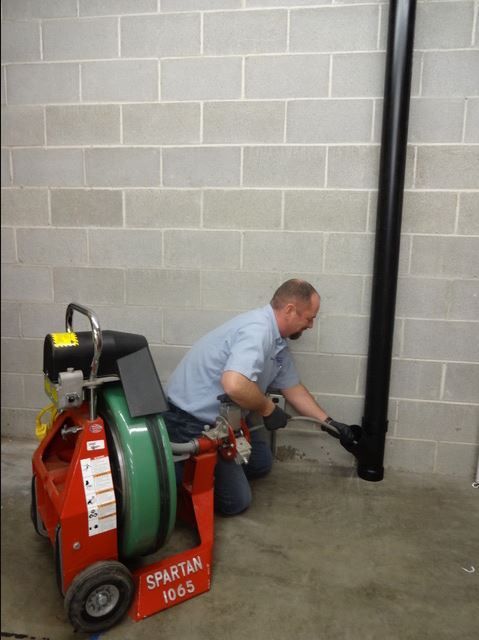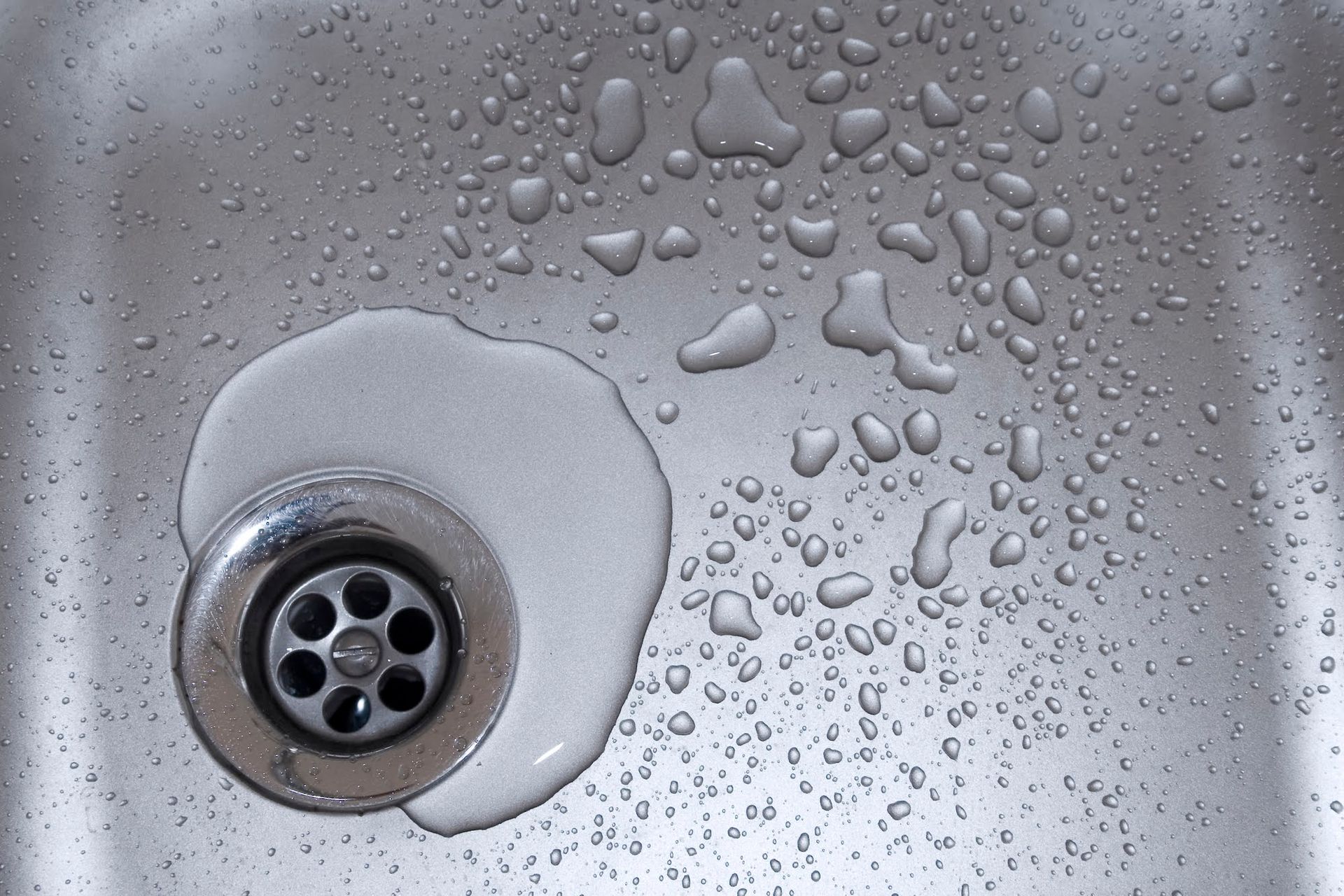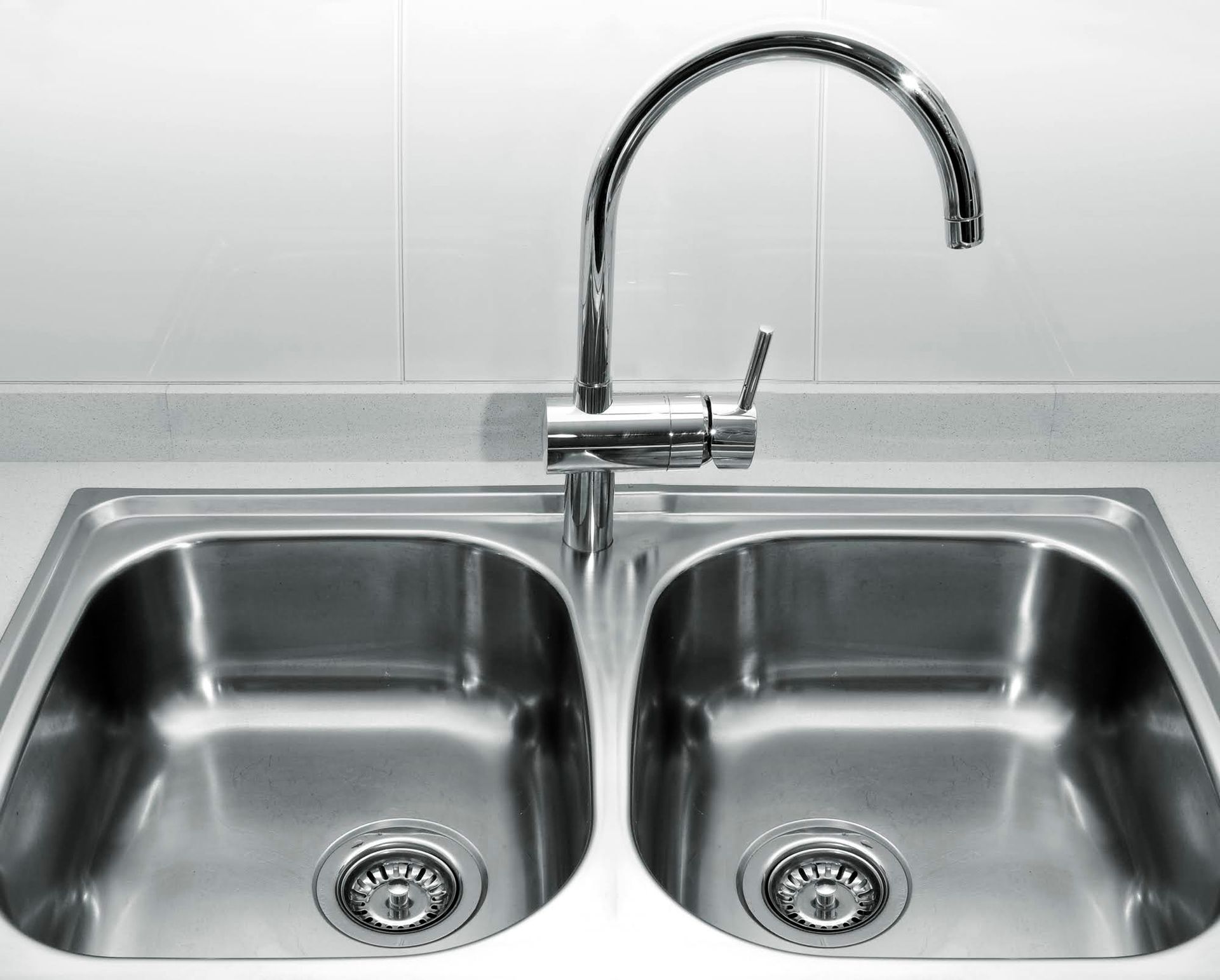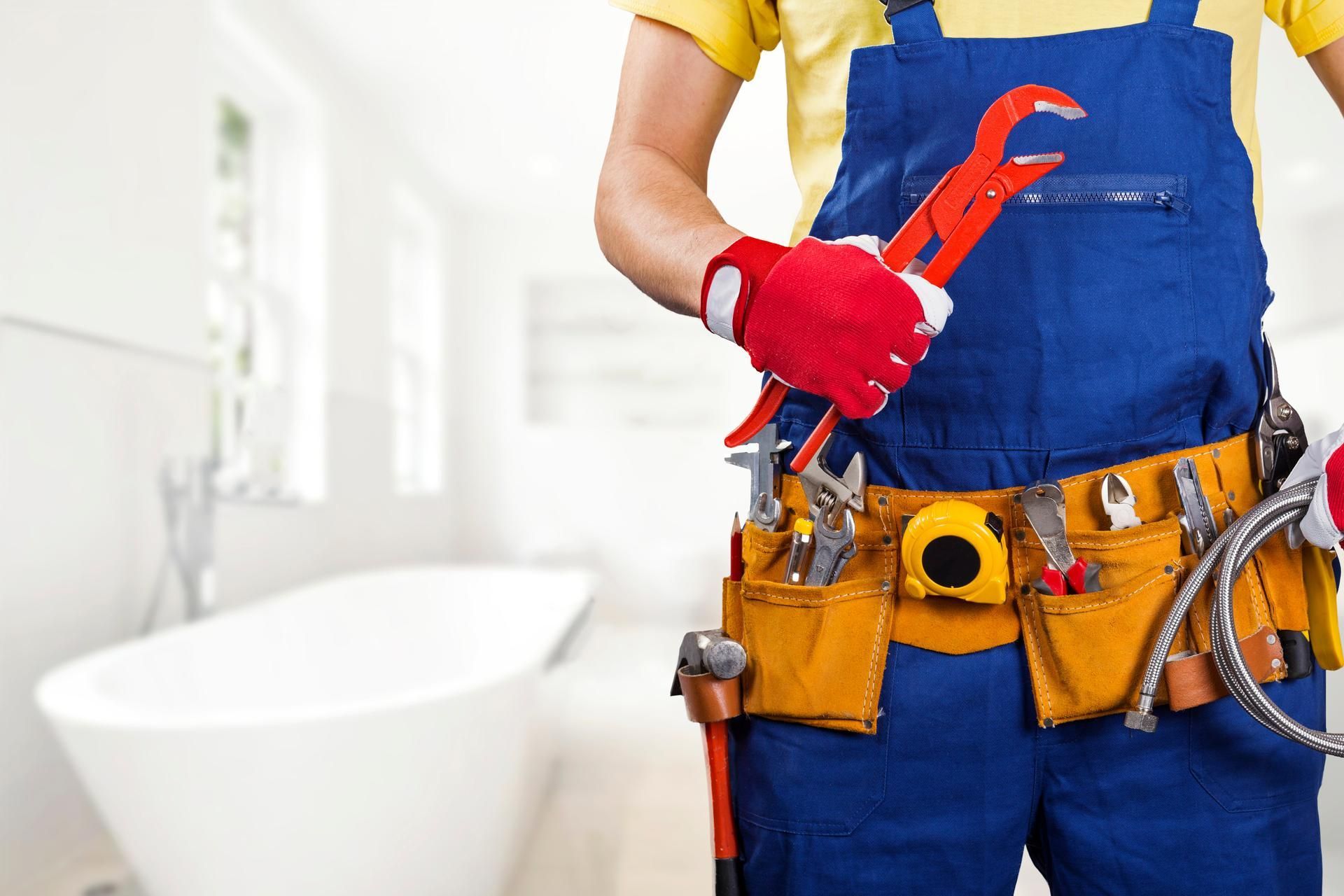5 Common Causes of Sewer Line Breaks
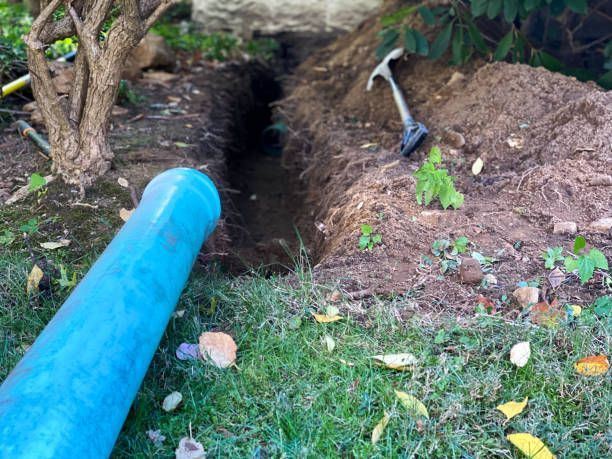
Your home's sewer system is a crucial but often overlooked component that ensures smooth and hygienic disposal of wastewater. However, when your sewer line breaks or experiences issues, it quickly becomes the center of attention for all the wrong reasons.
Understanding the common causes of sewer line breaks is essential for every homeowner. Let's explore five frequent culprits behind sewer line breaks, providing you with the knowledge to prevent, identify, and address these problems before they become major headaches.
1. Incorrect Installation
Numerous problems, including back-pitched drains, debris accumulation, and pipe fractures, can arise from improper sewer line placement. Water and waste should be able to flow down the sewage line at an adequate angle. Allowing wastewater to follow the path of gravity prevents buildup that can lead to a sewage line break. To offer additional support, gravel should be positioned beneath the pipe.
Poor installation methods, such as insufficient couplings, welding, or debris clearance, can severely weaken a sewer line, making it more vulnerable to rupture and clogged pipes. Settlements caused by improperly installed sewer lines can also weaken the line and cause it to break.
2. Pipe Damage and Deterioration
Hydrogen sulfide gas, potent chemicals, highly acidic soils, high acidity concentrations, and other external physical or biological factors in the wastewater can all cause sewer pipes to corrode over time.
For example, hydrogen sulfide gas and powerful chemicals can mix to form sulfuric acid, which can erode and disintegrate the components in the pipes. The pipes become weaker due to cracks, making them more susceptible to breaks and clogs.
3. Tree Roots
Due to their attraction to subsurface water sources, tree roots will likely extend into and around underground sewer lines. The roots can loop around the pipes and start to break them as soon as they come into contact with them.
Especially in a drought, tree roots can get increasingly intrusive in their search for water, making routes into the sewer lines and swarming around cracks. The roots inside the pipes can choke the line as they grow further, putting the pipes under excessive pressure from the wastewater that is flowing through them.
Tree roots around or in pipes may result in sewage backups, wastewater leaks, and even sewer line ruptures. Avoiding these issues requires proper tree maintenance, so it's crucial to grow trees far from drainage pipes and get your sewer lines professionally examined frequently.
4. Pipe Settlement
Pipe settlement develops when the ground around the drains shifts or settles due to changes in the soil's composition, erosion, deposition, landslides, earthquakes, or other events.
The pipes may sink due to shifting terrain or have an unintended downward slope, which may strain the sewer system. This can cause the pipework to buckle and crack and build up paper, fluids, and debris at the bottom of the sewage line, eventually causing the sewer line to burst.
In some instances, excavation may be necessary to determine the extent of the issue. A professional may recommend a suitable course of action, such as pipe replacement or repairs.
5. Grease and Debris
Sewer line breaks can develop from clogs caused by the accumulation of grease, oils, fats, and waste like cotton swabs that have made their way into the pipes. Grease, oils, and fats cool and adhere to the inner surface of the pipes after being flushed or emptied down the drain, causing blockages that obstruct the flow of water.
When the usual water flow combines with the pressure building behind the blockage, the stress on the pipes may cause the pipes to break or crack. You shouldn’t flush anything apart from bodily waste and toilet paper. Dispose of grease, fats, and oils into a suitable grease disposal container to prevent a break in your sewage lines.
Contact Aurora Plumbing and Electric for sewer line inspection and maintenance in the Greater Seattle area.

